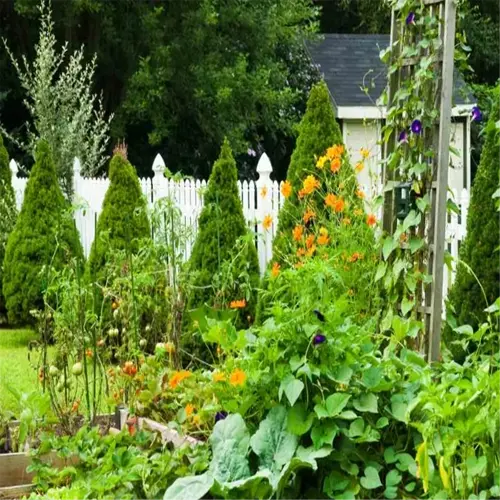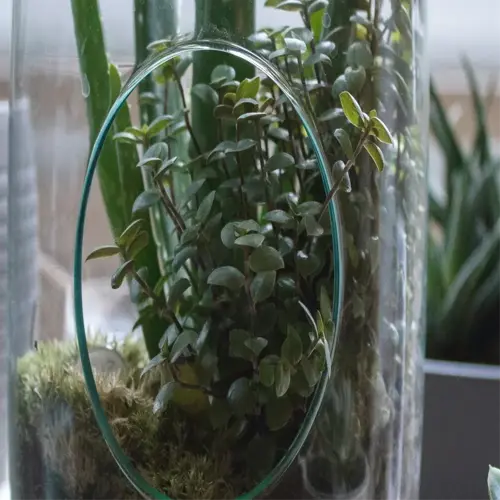Do different plant types require unique overwatering precautions?

Written by
Paul Reynolds
Reviewed by
Prof. Charles Hartman, Ph.D.Watering requirements differ hugely between plant types, necessitating individual care plans. Succulents adapted to desert climates store water in their thick leaves; tropical ferns have evolved in moist understory habitats. If you don't recognize these biological distinctions, you might drown or dehydrate a plant, even if your actions were well-intentioned.
Desert Plants
- Allow complete soil drying between waterings
- Use 50-70% inorganic material in soil mix
- Water only when leaves slightly wrinkle
- Avoid misting, promotes fungal issues
Tropical Plants
- Maintain consistent moisture without saturation
- Incorporate 30% sphagnum moss for humidity
- Water when top 1" soil dries
- Mist leaves weekly in dry climates
Epiphytic Plants
- Soak roots then let dry completely
- Use chunky orchid bark mixtures
- Water every 7-10 days in growing season
- Reduce hydration by 50% in dormancy
Bulbous Plants
- Cease watering during dormancy
- Resume when new growth emerges
- Plant bulbs in well-draining gravel mix
- Avoid water contact with bulb base
The thickness of a leaf gives us visual clues about the appearance of hydration. Leaves like those on plants with succulent leaves or interiors can store water reserves for weeks, while thin leaves, like those on fern fronds, need nearly daily replenishment or watering. For example, when I acted on a client's overwatered / too-moist snake plant, all I did was change it to a gravel mix and the plant's leathery, thick leaves were stiff again, within a month.
Microclimates in homes will change how much water a plant needs. For instance, a peace lily by heating vents may need water twice a week, whereas a peace lily in a humid bathroom may thrive with water once a week. Observe how each plant responds rather than sticking to a rigid schedule.
Read the full article: 7 Key Signs of Overwatering Plants to Spot Early

